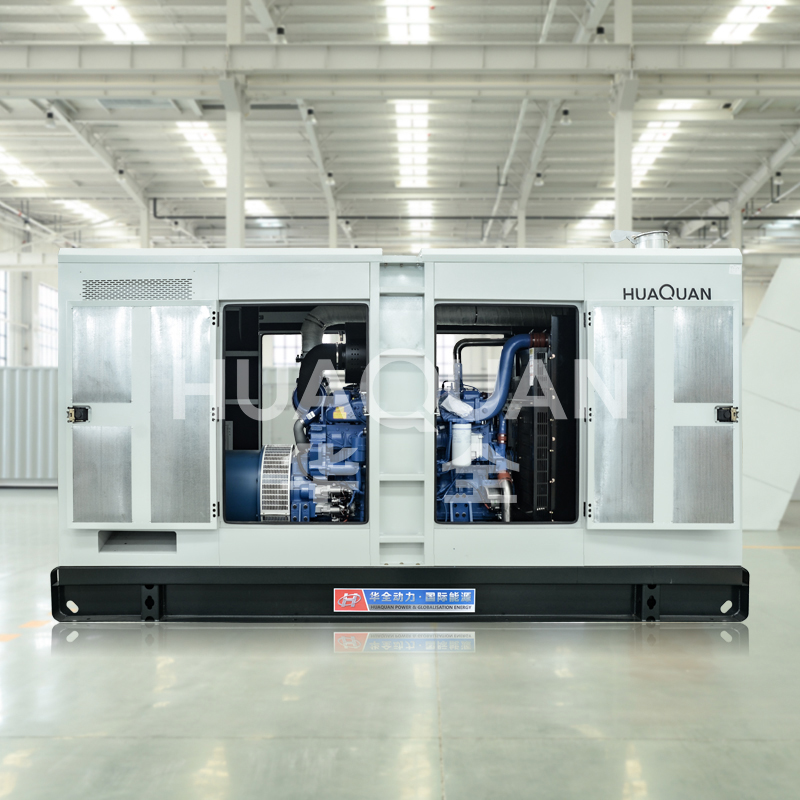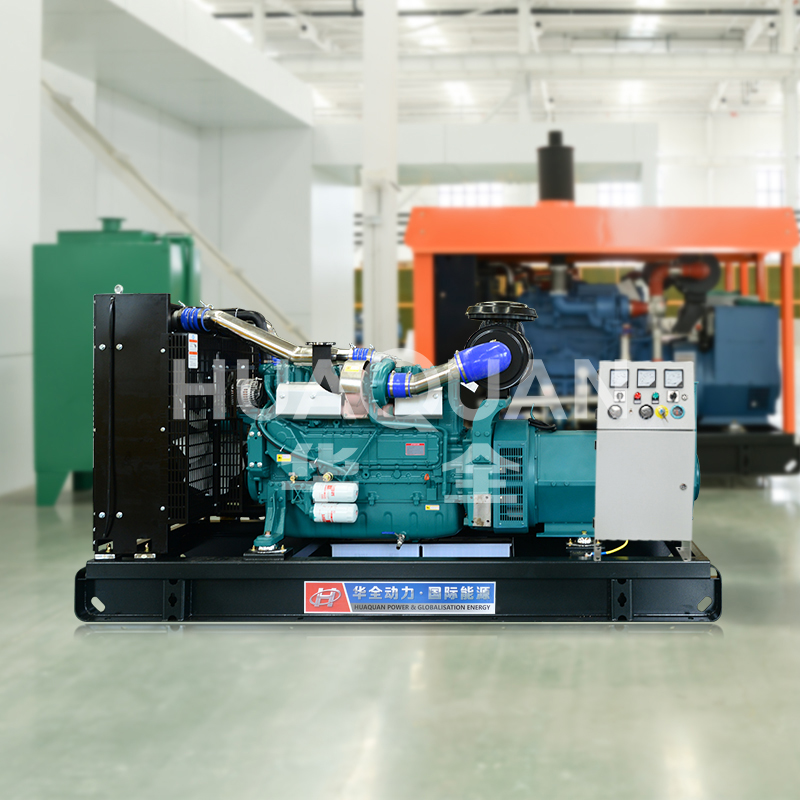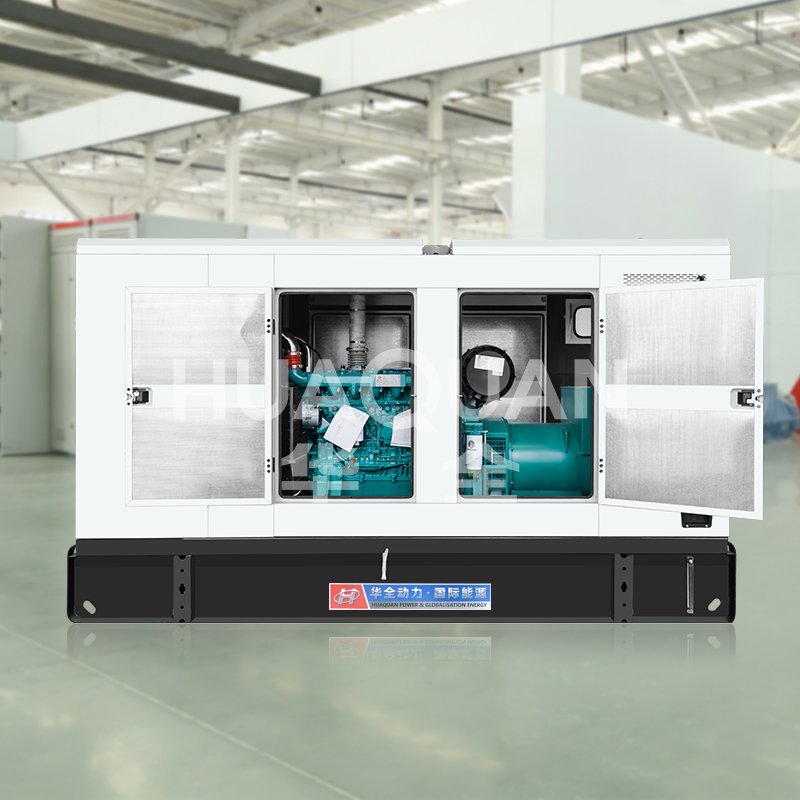Industrial electric generator form the backbone of continuous power supply in manufacturing plants, construction sites, and emergency facilities. Their sustained operation inevitably generates significant heat, making proper thermal management crucial for longevity and efficiency.
Understanding the Heat Challenge
Industrial electric generator convert mechanical energy into electrical power through electromagnetic induction, a process that naturally produces excess heat. When operating at full capacity, these machines require robust cooling systems to prevent component degradation. The cumulative effect of heat on winding insulation, bearing lubrication, and electronic controls demands constant vigilance from maintenance teams.
Key Cooling Strategies
1、Airflow Optimization: Most industrial electric generator employ forced-air cooling systems. Ensuring unobstructed air intake vents and clean exhaust pathways maintains proper circulation. Regular inspection of fan blades and ventilation ducts prevents airflow restriction that could lead to overheating.
2、Surface Maintenance: The external casing of industrial electric generator plays a vital role in natural heat dissipation. Keeping surfaces free from dust accumulation and chemical deposits enhances radiative cooling. Special attention should be given to cooling fins and heat sinks which are designed to maximize surface area.
3、Load Management: Strategic operation scheduling helps prevent thermal overload. Alternating between multiple industrial electric generator in parallel systems allows individual units to cool during rotation cycles. Avoiding prolonged operation above 80% capacity significantly reduces heat stress.
Operational Best Practices
Environmental factors greatly impact cooling efficiency. Installing industrial electric generator in shaded, well-ventilated areas minimizes ambient temperature effects. For indoor installations, supplementary ventilation or exhaust systems may be necessary. The generator's placement should allow at least 3 feet of clearance on all sides for proper air movement.
Periodic thermal imaging inspections can identify hot spots before they cause failures. Modern industrial electric generator often incorporate temperature sensors that trigger automatic shutdowns when critical thresholds are reached, but preventive maintenance remains preferable to emergency interventions.
Long-Term Preservation
The cooling system's effectiveness directly correlates with the industrial electric generator's service life. Scheduled replacement of cooling fluids (in liquid-cooled models), timely cleaning of air filters, and lubrication of moving parts all contribute to sustained thermal performance. Documentation of temperature trends during routine operations helps establish baseline metrics for early problem detection.
Ultimately, understanding that heat dissipation isn't just about preventing immediate failures—but about preserving the industrial electric generator's operational integrity over years of service—will guide better maintenance decisions and operational protocols.
More information about industrial electric generator:https://huaquanpower.com/









